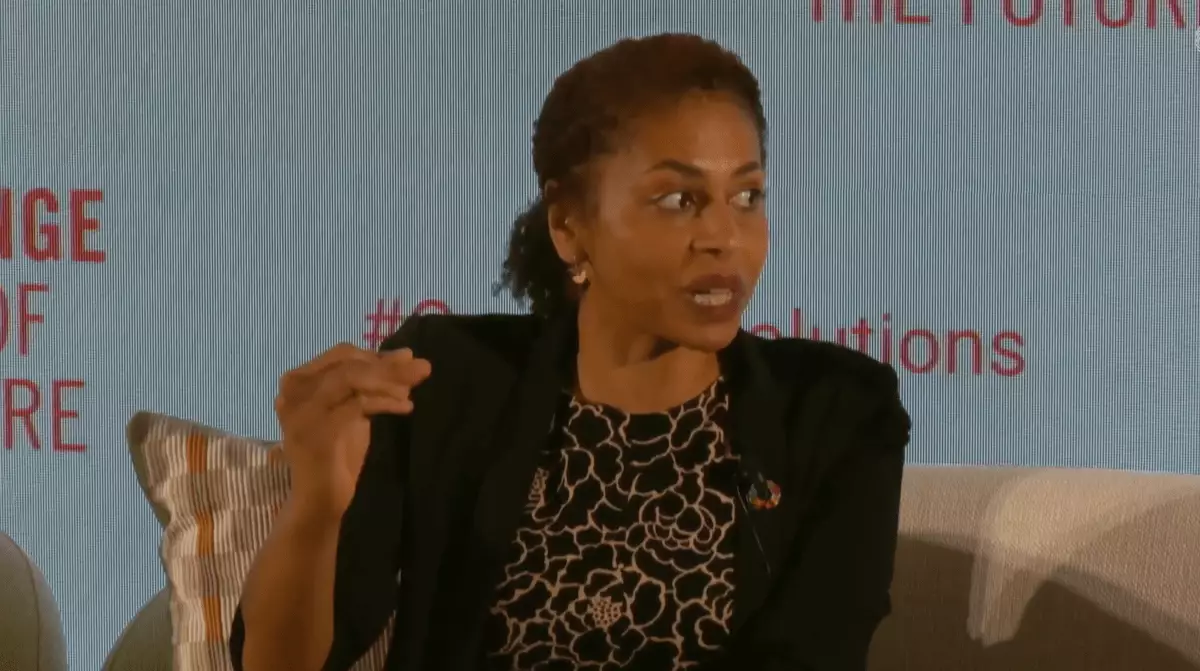Artificial Intelligence (AI) has garnered both excitement and scrutiny in recent years, particularly regarding its implications for social equity and bias. At the forefront of this conversation is OpenAI, a leading company in AI research and deployment. Recently, Anna Makanju, OpenAI’s Vice President of Global Affairs, provided thought-provoking insights during her participation in the UN’s Summit of the Future. Her remarks suggested a promising trajectory for AI models, particularly around addressing inherent biases. However, this optimism warrants careful examination, especially when considering the complexities of AI systems and the challenges they still face.
Makanju highlighted a novel approach to AI through computation-heavy reasoning models like OpenAI’s new model, o1. According to her, these advanced models offer a transformative potential for reducing bias in AI responses. She emphasized that o1’s capability to reflect on its own reasoning processes marks a significant milestone. This self-evaluation mechanism is intended to allow the model to detect and correct its biases proactively, thereby conforming more closely to ethical guidelines against producing harmful content.
The idea that reasoning models can scrutinize their responses introduces an exciting paradigm shift. Makanju’s assertion that o1 accomplishes this task “virtually perfectly” may reflect her optimistic outlook; however, an exploration into the empirical performance of these models reveals a more nuanced reality. While some internal tests indicate that o1 demonstrates a reduced likelihood of generating biased and toxic content compared to traditional models, the result is not uniformly superb.
In examining the metrics surrounding o1, it is crucial to approach the data critically. OpenAI’s internal bias tests illustrated that o1 did outperform certain models in terms of implicit bias, notably demonstrating less discrimination suggesting bias in its responses. Yet this triumph contains caveats. The model occasionally performed worse than its predecessor, GPT-4o, in explicit discrimination scenarios based on race and age. Such findings question the claim that reasoning models deliver significant enhancements in bias mitigation.
Furthermore, the evaluation of o1-mini, a variant of o1 designed for efficiency, revealed alarming tendencies. The cheaper model exhibited a higher inclination for both explicit and implicit discrimination concerning gender and age compared to GPT-4o. This is particularly concerning in a landscape where the stakes are high, and AI-driven decisions can profoundly impact individuals across various sectors.
Even if reasoning models such as o1 signal a new dawn for AI in terms of bias awareness, several operational limitations present substantial deterrents for widespread adoption. For starters, the speed and efficiency of these models come into question. Makanju acknowledged that o1 could take upwards of ten seconds to answer certain queries, an impractical duration in settings that require real-time responses.
Economic factors also play a significant role in the hesitancy surrounding these models. Makanju revealed that operating costs for the o1 model are markedly high, running approximately three to four times more than GPT-4o. This pricing strategy raises concerns about equity in access, as only entities with significant financial resources will be able to leverage the benefits of these advanced models. As AI technology advances, the risk that bias becomes a privilege exclusive to wealthy users looms large.
Makanju’s assertions ignite hope for a future where AI can navigate biases more adeptly. However, to transform this vision into reality, more than just the promise of bias reduction is needed. Optimizing response time, minimizing costs, and ensuring consistent performance across diverse demographic contexts are essential steps for making reasoning models a functional alternative to existing AI frameworks.
While the insights shared by Anna Makanju at the UN Summit highlight a significant potential for AI reasoning models to evolve, it is imperative to approach such advancements with caution. Acknowledging both the progress made and the hurdles that lie ahead will be critical in charting a responsible course for AI development that serves all consumers equitably. The road to impartial AI is complex and fraught with challenges, but it is a journey worth pursuing for the sake of fairness in increasingly automated decision-making environments.

